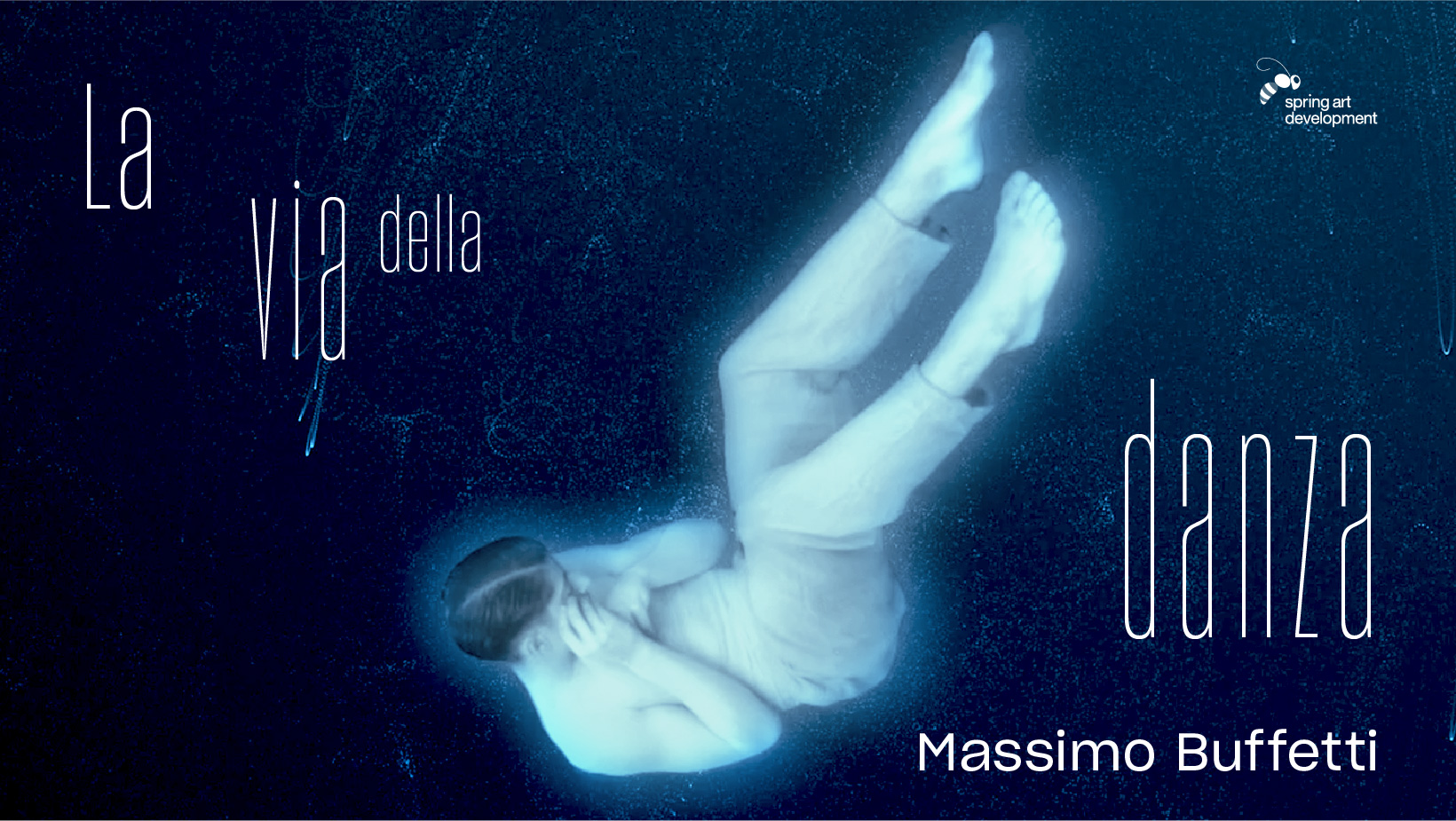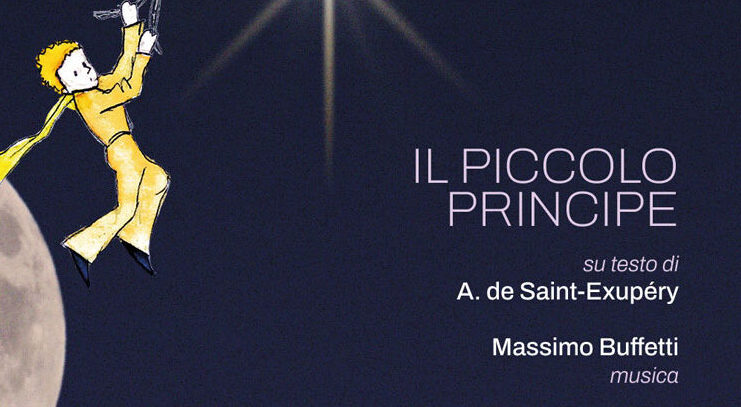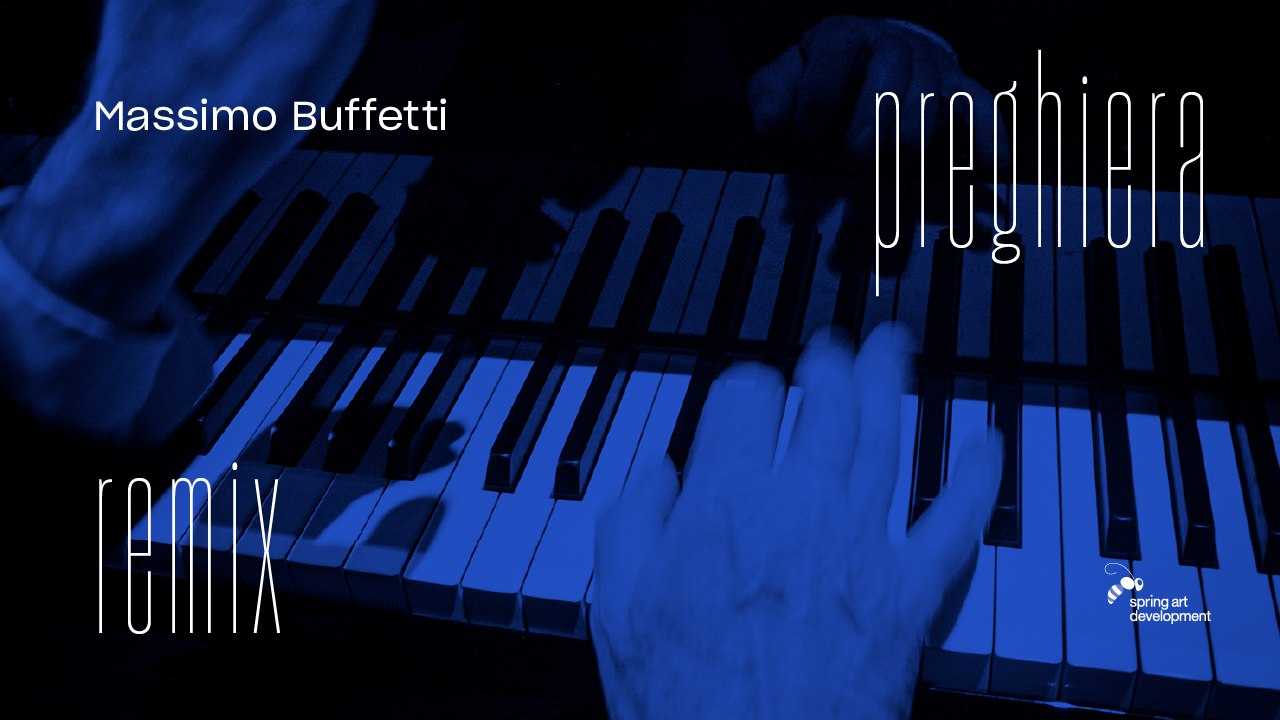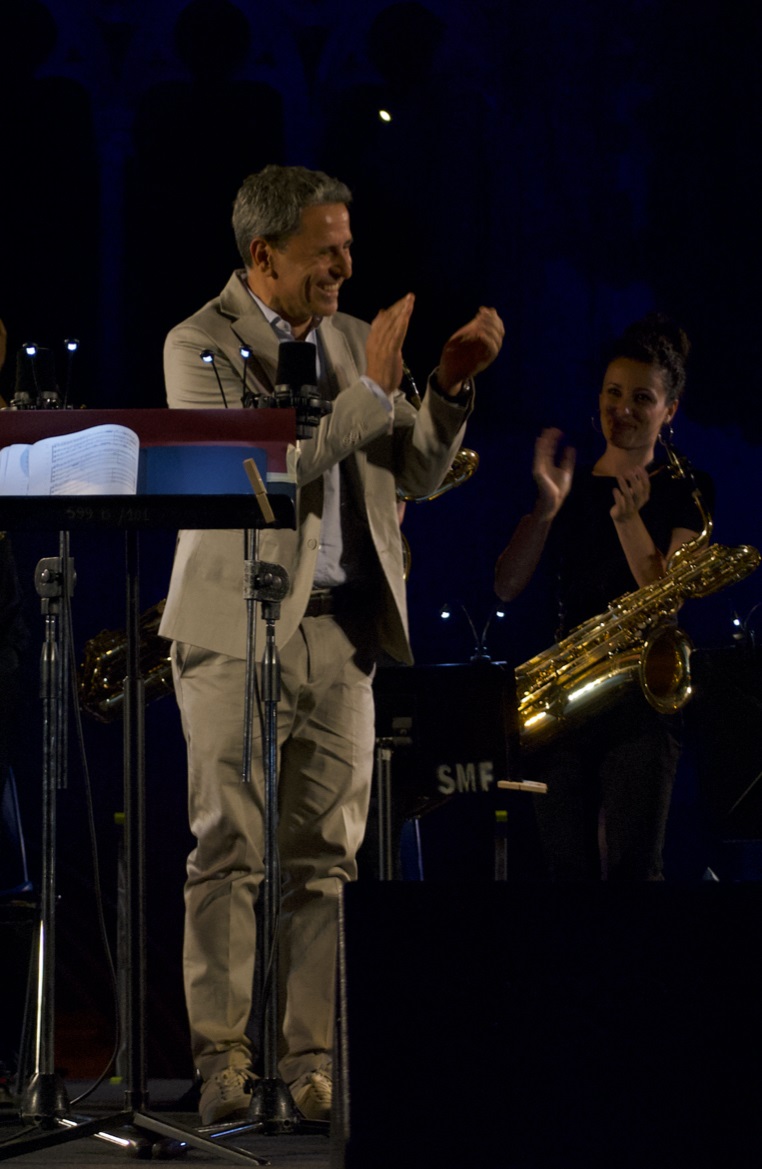The so-called ‘great themes’, found in so much literature over the millennia, have always attracted and fascinated the Italian composer and pianist Massimo Buffetti.
In the 1990s the first compositions to confront some of Shakespeare’s best-known works, in collaboration with the Centro Studi Shakespeariano di Ferrara and the Conservatorio della città Estense, performed at the Ridotto of the Teatro Comunale. In ‘93 came the invitation to perform the music to accompany visitors for the Industrial Design exhibition Idee in forma, at the Museo Marino Marini in Florence. The focus is on the future-oriented visions of young designers and the music tries to draw the signs of this. A number of films and documentaries will follow, which will be shown in Europe and Japan.
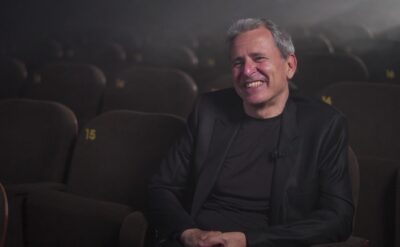
A more pronounced musical identity emerges in the score he created for The Little Prince by A. de Saint-Exupéry, born in the same years, premiered at the Teatro Comunale in Florence in 2002 with subsequent revivals and invitations to festivals and reviews (Estate Fiesolana, Caffeina), and in Il Gabbiano 1 & 0, 2003/4, based on The Seagull Jonathan Living ston by R. Bach, born later. Bach, both concert readings in oratorio form, on true ‘cult’ texts of our time, in which the compositional intention is the close correlation between the vibration of the word and that of the sound.
Reflex was born in 2006 in Florence for the Costante Cambiamento Festival. The focus is mainly on electronics and its evocative capacity, expressed through the search for the most suitable vibration to express the reflection that refers to the infinite depth that resides in each of us, as opposed to the cello and trumpet solos that run through the central part of the composition. Prana & Yama Mood followed in the same year in Tokyo, both installations for exhibitions.
The music created for Lingua e pane d’Italia – an exhibition held in 2006 at the presidential estate of Castel Porziano, near Rome, and later performed live in Milan at the Palazzo Reale, also uses electronics combined with vocals to dissolve and ‘dismantle’ textual elements from famous texts by some of the fathers of the Italian language.
A few years later, in 2008, in Hanno detto, based on a text by M. Vichi, the theme of impermanence, or supposed impermanence, becomes the privileged field of investigation for the creation of a chamber opera. It is the story of a person who, although he seems to have disappeared, tells us about his own life.
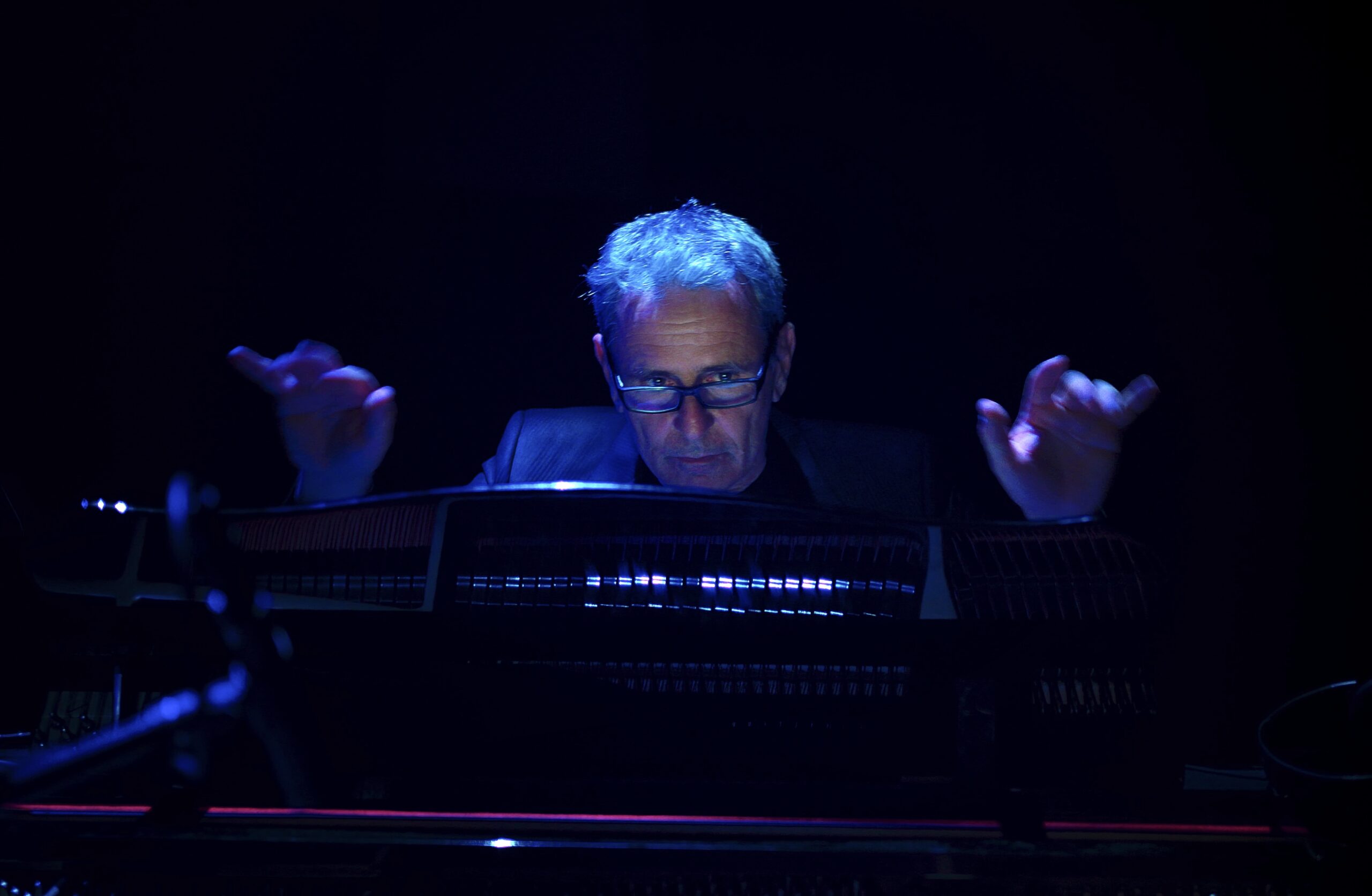
The nothingness from which everything arises, the metaphysical zero, the overcoming of the boundaries of the ego, but also the interest in approaching real events that represent the socio-political reality of the moment, in certain aspects even tragic, lead to the birth of La fabbrica del nulla, 2011, CD for RAI COM, like the previous Leggiero, 2006, both collections of pieces of ‘light’ chamber music for use in television programmes and RAI productions, films, trailers, documentaries. The projects find their natural development in concert form adapted for the Fabbrica del nulla quartet, with instruments from the classical area, which will take them on stage in Italy, Germany and Denmark.
Buffetti is among the first to resort in concert to the use of the image not in a dual manner, but hopefully to constitute a ‘unicum’ with the music. This will also be the case for the following Ricercare, 2016, in which experiences in unfamiliar or border territories become a tale composed of music and images, with concerts in Finland, Sweden, and again in Germany as well as Italy.
In the meantime, collaborations continue with filmmakers on their films and documentaries, including Il tempo di Michelangelo with Antonio Paolucci and the more recent documentary film Firenze Città d’acque.
The music created for Arianna Bedenetti’s ballets Othello, Labyrinth and Minotaur also reflects themes and myths that describe a humanity on the brink of the abyss.
Dance, which already appeared in combination with music in the first Factory of Nothingness, returns as part of the narrative singularity that emerges in the most recent Oper/in/a Bottle, 2022/24, conceived for the same ensemble. Sounds, interactive images and choreography to represent textual snippets and quotations from various authors and scholars from the contemporary and past repertoire. The fusion and complicity of the three expressive languages present find their full maturity. The work aroused the interest of Rai 5, which decided to broadcast it as a premiere, and it was then reproduced and included in the RaiPlay programme.
